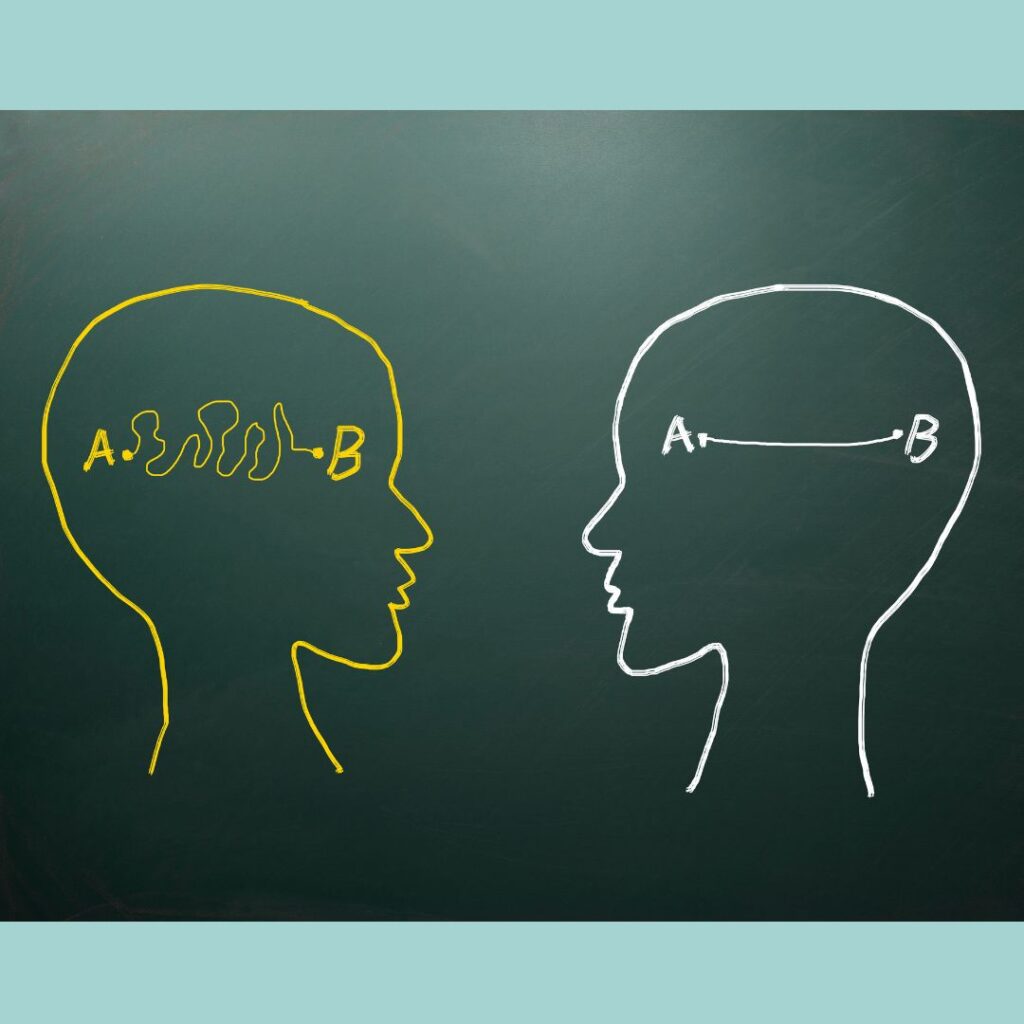How to Create a Total Communication Environment

Catrina Lowri is the creator of Neuroteachers, a company dedicated to finding simple solutions for inclusive practice. She is an experienced SENCO, advisory teacher and qualified special needs teacher who works as a private specialist teacher, trainer, mentor and coach. She is Lead Trainer for the North Somerset, Early Years, Training Hub. In this blog Catrina discusses what total communication is and how to use it in your nursery or setting to support communication for autistic learners.
What is Total Communication?
Total communication involves using the right mix of communication aids; touch, gesture, visuals and speech to support a particular learner. In order to have the greatest reach, use all of these in combination to enable communication for the mix of learners within your settings.
Five steps to create a Total communication Environment
1. Use touch. This could involve you leading the child you are working with to an area
where they might like to play. Alternatively, you may use a series of ‘objects of
reference’ such as a plate to represent food or snack, and a nappy to represent
change time. As well as showing your learner the object you can also encourage
them to feel it. This will give them an additional sensory experience which may
anchor them more in the moment and help them to realise what you are trying to
communicate.
2. Use texture. You may find that the early learning environment where you work has
different floor surfaces in different parts of the room or rooms. Most settings have
their circle time activities on a carpet or carpet squares. This is an easy way to show
our learners that this part of the room has a particular activity associated with it. You
can also do the same by having a rug in the story area where the children have
access to books. Or you may have a plastic sheet on the floor where messy play takes
place. Differences of texture can also be used on the wall or furniture and are a
helpful way of showing our non-verbal learners the purpose of the area where they
find themselves.
3. Use visuals. This has to be the most important idea I will be sharing with you today.
You should have photographs or diagrams of exactly what the children must do in
the particular area. For example, a photograph or diagram of a child reading in the
story corner. It’s also best practice to have a visual timetable in every early years
setting. This should include pictures and words and should be updated every day.
You may also wish to consider using individual visual timetables or a now and next
board with children who find transitions difficult.
4. Use gesture. Makaton signing can be a very useful way of aiding communication with
non-verbal or pre-verbal autistic learners. Unlike British sign language, Makaton has
no grammar, but it’s rather a series of nouns verbs and adjectives conveyed through
actions. Free training in this communication aid is available from most local
authorities and the first hundred signs are available on the Makaton charity website
for free. (https://makaton.org/) If, however, your learner is at a very early stage you
may prefer to use common body language gestures such as pointing waving and
nodding or shaking your head as a way to start teaching them that gesture can
sometimes convey meaning.
5. Use speech. If the child, you are supporting is pre- or non-verbal or has basic speech
then it is important to minimise the amount of language that you use. Always use
the child’s name before trying to get their attention for example say “Freya, time for
snack.” In this example I have kept the language simple, transactional and useful. Try
and use as few words as possible and communicate calmly clearly and concisely.
Finally, it is important that all staff and all your typical peers understand the total
communication approach and use every stage to support non-verbal, pre-verbal, and
those with basic speech. By following these simple steps, you will be able to support
your learner to not only achieve their expectations but achieve their aspirations.
For details about Autism Education Trust training and events contact
Catrina Lowri HERE
AET- How we can help

